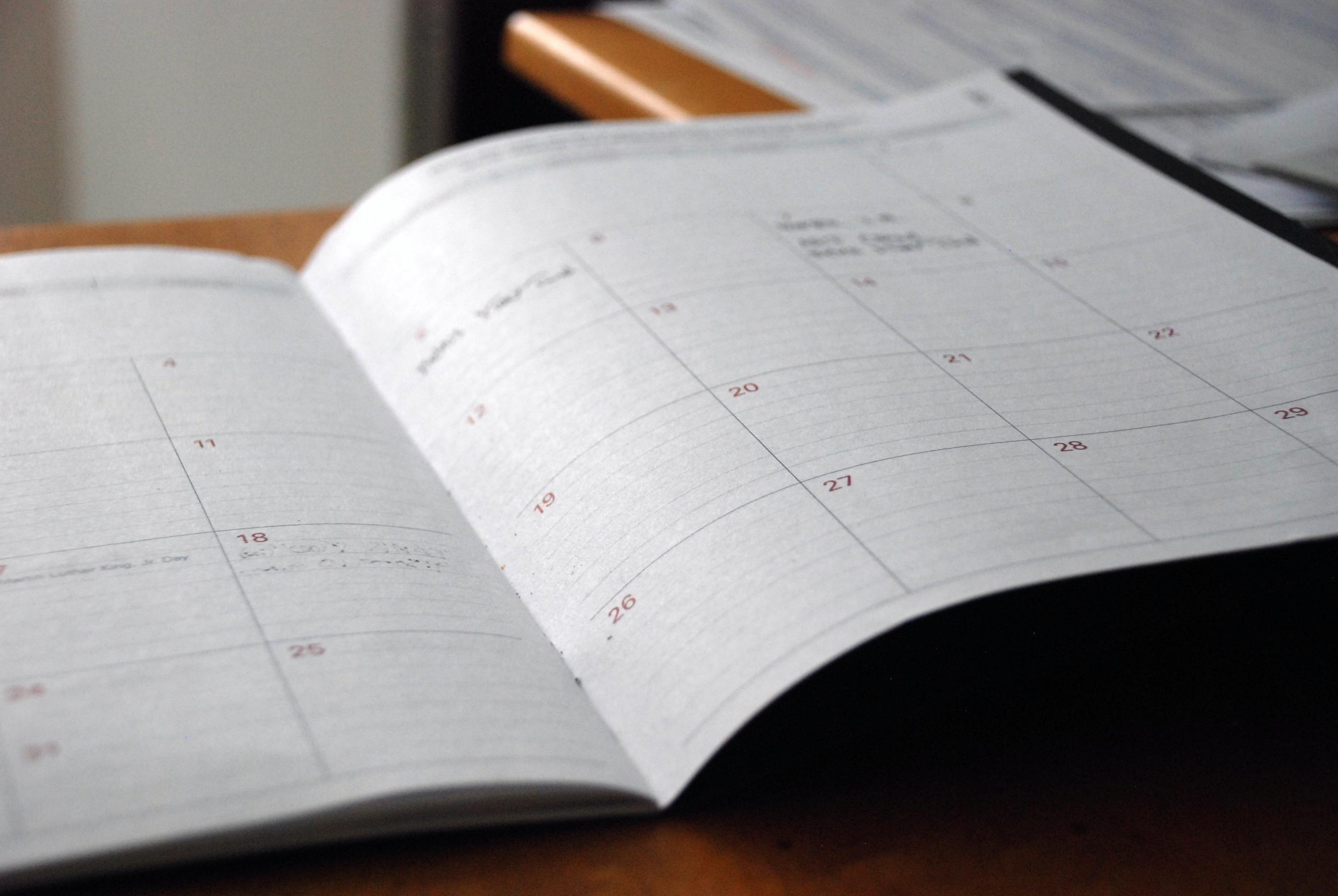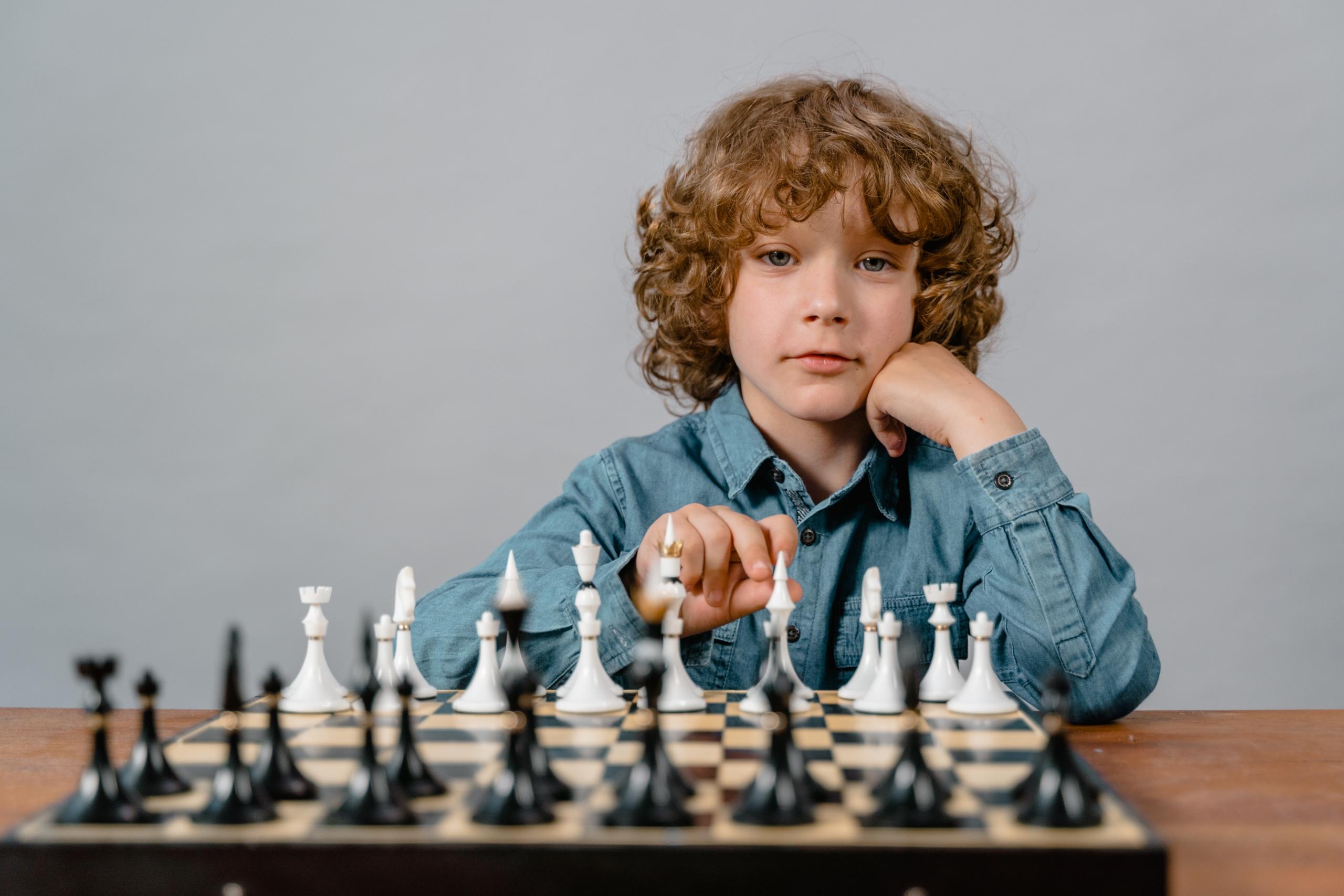“Chess is war over a board. The object is to crush the opponent’s mind.” - Bobby Fischer
So you are eager to teach your child the sport of the mind! That is a bold move. While some parents may argue that it is far easier to teach your child a physical sport, others say it is not impossible to teach your child how to think critically and problem solve by looking at 64 blocks and thinking critically about the next move.
Checkmate!
As a parent enthusiastic about chess (the mental sport), you too can teach your child to enjoy playing the game. While teaching your child that the king can never move a square once he is attacked may be tricky, it is an achievable feat.
Just like chess pieces can become less valuable depending on their position, your chess lessons can lose their value if you don’t ensure that you continue to motivate your child and keep him or her focused on mastering the rules and moves of the game.
Whether you are well-versed in ladder mate or fool’s mate, you can succeed in passing on this knowledge to your child. Follow these tips that may guide you on how to teach chess to your child or children.

Teaching Chess
The basic idea of chess is that two teams or armies approach each other, fighting for pieces and positions, ultimately trying to attack the opponent’s king. Try teaching this basic concept without encouraging your child to take an interest in the game and the value that he or she can gain from the game will be ultimately lost.
When you teach your own child to play the game, provide words of praise for when he or she makes a correct move.
Words of encouragement and praise are surely needed when you want to ensure your child remains motivated and focused on the game at hand.
Anticipate many mistakes from your child as he or she starts off as a beginner chess player. What if it seems like your child keeps repeating the same strategic mistakes without learning from them?
Of course, you can scold your child but this won’t stop him or her from making the mistake again and perhaps even losing interest entirely in the game.
If you are too forceful in pushing your passion for the game, your child won’t appreciate the lessons you are trying to teach.
You can gain your child’s interest in the game by praising him or her for strategic brilliance, positive problem-solving skills, and for making the right moves.
You can also egg on your child’s competitive spirit by ensuring that you correct incorrect moves and don’t always let your child win just for the sake of it. Allowing your child to lose and personally reflect upon why he or she lost will only create a more tactful chess player.
Give your child the confidence that he or she needs to keep trying to move chess pieces on the squares. Keeping praising your child but don’t overdo the praise! You need to be a tough chess coach at times too.
Provide the necessary feedback when your child has made incorrect moves and prepare your child for losing. Knowing that losing is a possibility in chess, enables your child to be less of a sore loser and more of a person who can learn from his or her mistakes.

Chess is a Game, Treat it as Such
“When you see a good move, ask for a better one.” - Emanuel Lasker
As intense as a game of chess is, ultimately, it is still a game. When teaching your child how to play chess, treat it as a game and make sure you include the fun element involved in all games during your chess lessons.
Children perform better when they learn something fun and when they are having fun learning. You may be teaching your child how to play the game due to its numerous cognitive benefits, but you can also focus on teaching your child to enjoy the game. A child will find more value in learning all about chess if he or she enjoys learning the game rather than when he or she feels forced to learn the game.
Again, as a parent working to get your child focused on moving the right pieces, you ought to remember to teach your child in a way best suited for him or her. Learning abilities play a big role here.
If your child loves computers, allow him or her to play chess on a computer.

Learn to Play Chess on Your Own Time
“Every chess master was once a beginner.” - Irving Chernev
While you need to understand that every chess player was once a beginner, you also need to make sure that your child transitions from a beginner-level chess player to more advanced level chess played in a matter of time. This does not mean that you have to make at-home chess lessons seem like a burden. Using your time wisely in terms of when to teach the necessary skills needed for chess could mean allowing your children to choose to step up their chessboard during their free time as well.
Again while you don’t want chess practice and lessons to seem burdensome, you can draw up a weekly roaster that outlines a daily hour or so designated particularly for playing and learning chess.
By doing this, you are instilling the needed discipline in your children in terms of staying committed to the game. This discipline is required should your child get selected to participate in chess tournaments and the like.
Always keep checking up on your child to see if he or she is actually enjoying playing the game of chess.
If your child is enjoying chess, checkmate to you!
Rules of Chess
“The reason I like a game of chess is because each move has countless repercussions, but you’re in charge of them.” - Bono
If you are struggling to get your child to master the rules of chess, online resources are helpful for making everything much easier.
Let’s look at some of the rules you have to explain to your child:
- The king may move one square in any direction as long as no piece is blocking its path
- The queen may move any number of squares straight, diagonally, and in any direction
- The bishop may move a number of squares diagonally
- The rook may move in a straight line, any amount of squares either vertically or horizontally.
These rules seem easy when you read them, however, applying these rules can get quite tricky. Remember learning these simple rules are part and parcel of your chess learning journey. As a parent teaching your child how to play the game, you ought to start right at the onset by teaching your child everything from setting up the chessboard to learning how to move the pieces. As clear-cut as this sounds, you also need to teach your child everything about chess including who makes the first move.
Speaking about moves, what moves will you make to ensure that you are the best possible chess teacher?

Best Ways to Teach Chess: Practical Strategies
Judging from all the tips and tricks offered through online chess learning platforms, it becomes clear that when you teach chess you must teach the game in chronological order. Before you can get your child acquainted with the pieces, you must allow him or her to explore the board.
Allow Your Child to Understand The Board
Start by allowing your child to look at the chessboard. The chessboard is made up of rows and columns, and each square on the board ties up with a letter or a number. Show your child how the board is set. The chess pieces need to be arranged in such a way that the second row is filled with pawns, the rooks go in the corners, the knights are next to them, followed by bishops, and finally, the queen, who must be placed on a square colour that matches the queen's piece colour (white queen on the white square, black queen on the black square). The king is arranged on the remaining square.
Got your chess pieces correctly arranged?
Now you can proceed to explain the functions of the different chess pieces.
Explain the Pieces
You could start by explaining the most important piece-the king. In terms of moving, the king is the weakest piece since it can only move one square in any direction. You can then move on to explaining the pawns and how they can move to capture. During their very first move, they can move forward two squares, thereafter the pawns can only move one square.
You need to ensure that your child enjoys his or her chess set. Parents often get their children unique kids' chess sets, to firstly capture their attention and make the game of chess more exciting to play.
Basic Rules
You always need to start by teaching your child the basic rules of the game.
Start with explaining why each move is possible. Remember that your child will be intrigued and in turn ask more questions. Again you may need to explain rules more than once since your child may find it hard to wrap his or her head around the rules.
Once basic rules are learnt, you can move on to teaching the special rules of chess.
All in all, chess is a game about following the rules and one that has strong rules. So what if your child is not keen on rules? Well, you could ask your child, "Is there any game without rules?"















